Hilde Langengen Teigen
Neuromodulatory mechanisms of predictive processing in the mouse visual cortex
Team: Ede Rancz (INMED), Laurent Perrinet (INT)
Her background
October 2023 - present | CENTURI PhD student
2021-2022 | Msc in Neuroscience, University College London, United Kingdom
2018-2021 | Bachelor in Bioscience, University of Oslo, Norway
About her PhD project
The theoretical framework of predictive processing postulates that the core function of the brain is generating predictions of the external word. This implies that “bottom-up” sensory input is constantly compared to “top-down” predictive information generated by internal models. The basic neuronal mechanisms of these processes remain unknown. In order to establish the neural dynamics of predictive processing we are using the mouse model system. Our hypothesis is that an animal's predictions of visual flow is based on its self-generated movements. Mismatches between predicted visual input and actual visual input should cause detectable prediction error responses in the visual cortex. These should be conveyed through the system to adapt behaviour and update the internal models, for more precise future predictions. To study this we are using a rotation-platform developed in the lab, that allows control of both the vestibular (sensed rotation and acceleration) and visual world (using visual virtual reality) of head-fixed mice, while simultaneously recording neuron activity. This project will focus on how predictive dynamics in the visual cortex are influenced by neuromodulators, with an emphasis on serotonin. Computational modelling of how neural population activity is affected by modulation, will allow us to explore the data and make testable predictions to inform further experiments. With this approach, we will gain a mechanistic understanding of how prediction errors are computed in the visual cortex and what role neuromodulators play in controlling the balance of bottom-up sensory and top-down internally generated predictive information.







